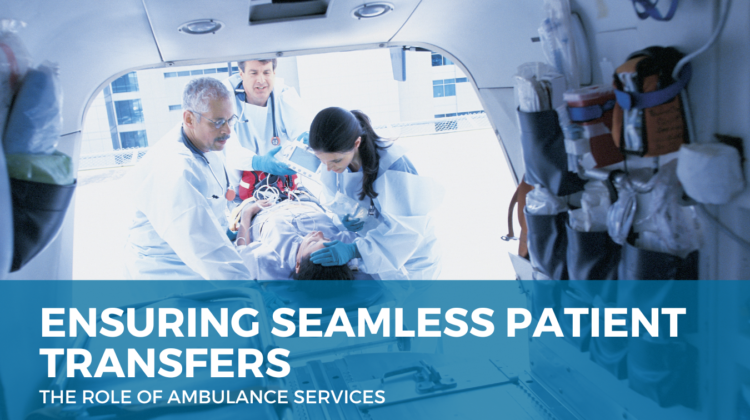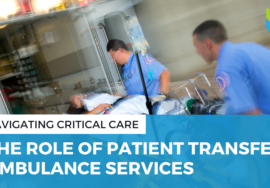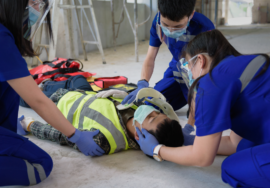
Ensuring Seamless Patient Transfers: The Role of Ambulance Services
Introduction: In the realm of emergency medical services, the smooth and efficient transfer of patients is a critical component of providing timely and effective care. Ambulance services play a pivotal role in ensuring that patients are safely transported from one location to another, whether it’s from the scene of an accident to a hospital or between healthcare facilities. This blog explores the vital role of ambulance services in ensuring seamless patient transfers.
- The Time-Sensitive Nature of Patient Transfers:
- Discuss the importance of time in emergency situations.
- Highlight how ambulance services are equipped to provide swift responses and minimize delays.
- Specialized Equipment and Vehicles:
- Explore the specialized ambulances and medical equipment used for different types of patient transfers.
- Discuss how these resources contribute to the overall quality of care during transfers.
- Highly Trained Personnel:
- Emphasize the training and expertise of ambulance personnel.
- Detail the skills required to handle various medical situations during transfers.
- Communication and Coordination:
- Highlight the significance of effective communication between ambulance crews and healthcare facilities.
- Discuss how coordination is essential for a seamless transition of care.
- Navigating Challenges in Patient Transfers:
- Address common challenges faced during patient transfers, such as traffic, weather, or logistical issues.
- Showcase how ambulance services proactively handle and overcome these challenges.
- The Role of Technology in Streamlining Transfers:
- Explore technological advancements in ambulance services, such as GPS tracking, telemedicine, and communication systems.
- Discuss how these technologies contribute to better coordination and improved patient outcomes.
- Ensuring Patient Comfort and Safety:
- Emphasize the measures taken by ambulance services to ensure patient comfort and safety during transfers.
- Discuss strategies for minimizing the impact of movement and providing necessary medical support en route.
- Collaboration with Healthcare Facilities:
- Highlight the collaborative efforts between ambulance services and healthcare institutions.
- Discuss the importance of a seamless handover of patients between different stages of care.
- Continuous Training and Improvement:
- Explore how ambulance services invest in ongoing training for their personnel.
- Discuss the commitment to continuous improvement in protocols and procedures.
- Real-Life Success Stories:
- Share anecdotes or case studies that showcase instances where ambulance services played a crucial role in successful patient transfers.
Conclusion: In conclusion, the role of ambulance services in ensuring seamless patient transfers is multifaceted and crucial for the overall healthcare system. The combination of skilled personnel, specialized equipment, effective communication, and technological advancements collectively contributes to providing patients with the best possible care during transitions. As we continue to advance in the field of emergency medical services, the focus on optimizing patient transfers remains paramount.








